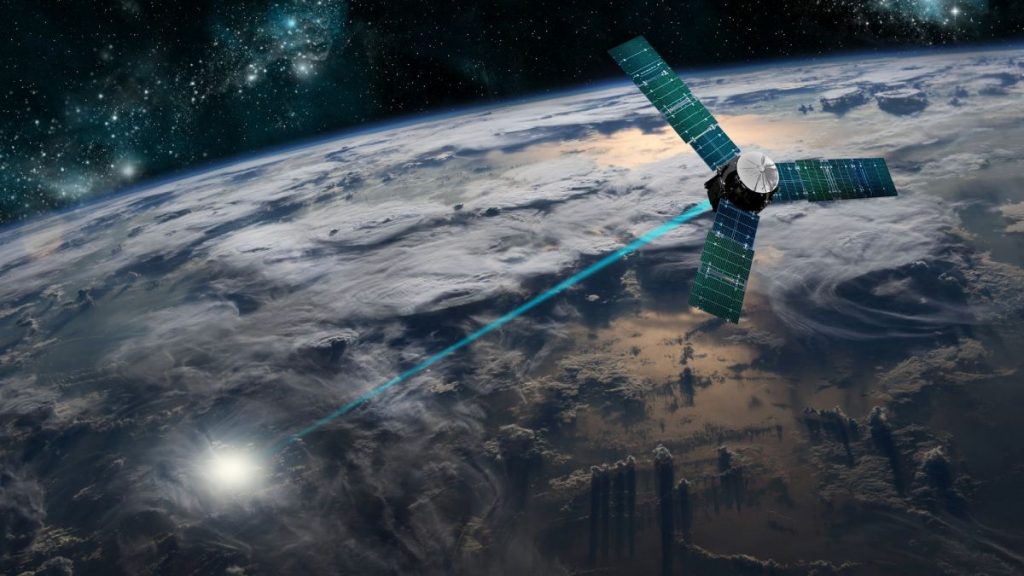Pentagon leadership will meet next week to discuss the growing threat from new types of space weapons being developed by Russia and China.
The meeting, scheduled for Sept. 6 and Sept. 7, is concerned with “how China and Russia’s potential development of fractional orbital bombardment systems and space-to-ground weapons could impact U.S. deterrence and strategic stability, as well as to consider U.S. response options to the potential development of such capabilities by any adversary,” according to an agenda for the meeting reviewed by DefenseNews (opens in new tab).
Top U.S. Department of Defense leaders will attend the briefing, including Secretary of Defense Lloyd Austin and Deputy Secretary of Defense Kathleen Hicks. The Defense Policy Board will also be in attendance, consisting of former national security officials.
Related: Pentagon space chief condemns ‘irresponsible’ launch of Russian inspector satellite
The meeting comes as both Russia and China continue to develop and test new space-based technologies that may have the ability to outpace the United States’ ability to identify, track or defend against them.
In October 2021, for example, China tested what some analysts concluded was a Fractional Orbital Bombardment System, or FOBS, a platform that can place weapons, including hypersonic glide vehicles, in low Earth orbit until they deorbit above their targets. Such a platform can evade or challenge current early warning systems.
China has also tested a wide variety of anti-satellite concepts, including spacecraft that have the ability to grapple other satellites (opens in new tab) and pull them out of orbit, ground-launched anti-satellite missiles, and directed energy weapons such as lasers.
Russia, meanwhile, has been rapidly developing and fielding its own space-based weaponry and anti-satellite systems, including satellites that can fire projectiles at other spacecraft. In November 2021, a Russian anti-satellite missile test created hundreds of thousands of fragments of space debris that forced the International Space Station to perform an evasive maneuver out of harm’s way.
(opens in new tab)
Some of these threats are becoming so pervasive that the U.S. Space Force‘s second-in-command, Gen. David D. Thompson, told The Washington Post in 2021 that U.S. satellites are under attack “every single day” and that the United States is “really at a point now where there’s a whole host of ways that our space systems can be threatened.”
Follow Brett on Twitter at @bretttingley (opens in new tab). Follow us on Twitter @Spacedotcom (opens in new tab) or on Facebook (opens in new tab).






